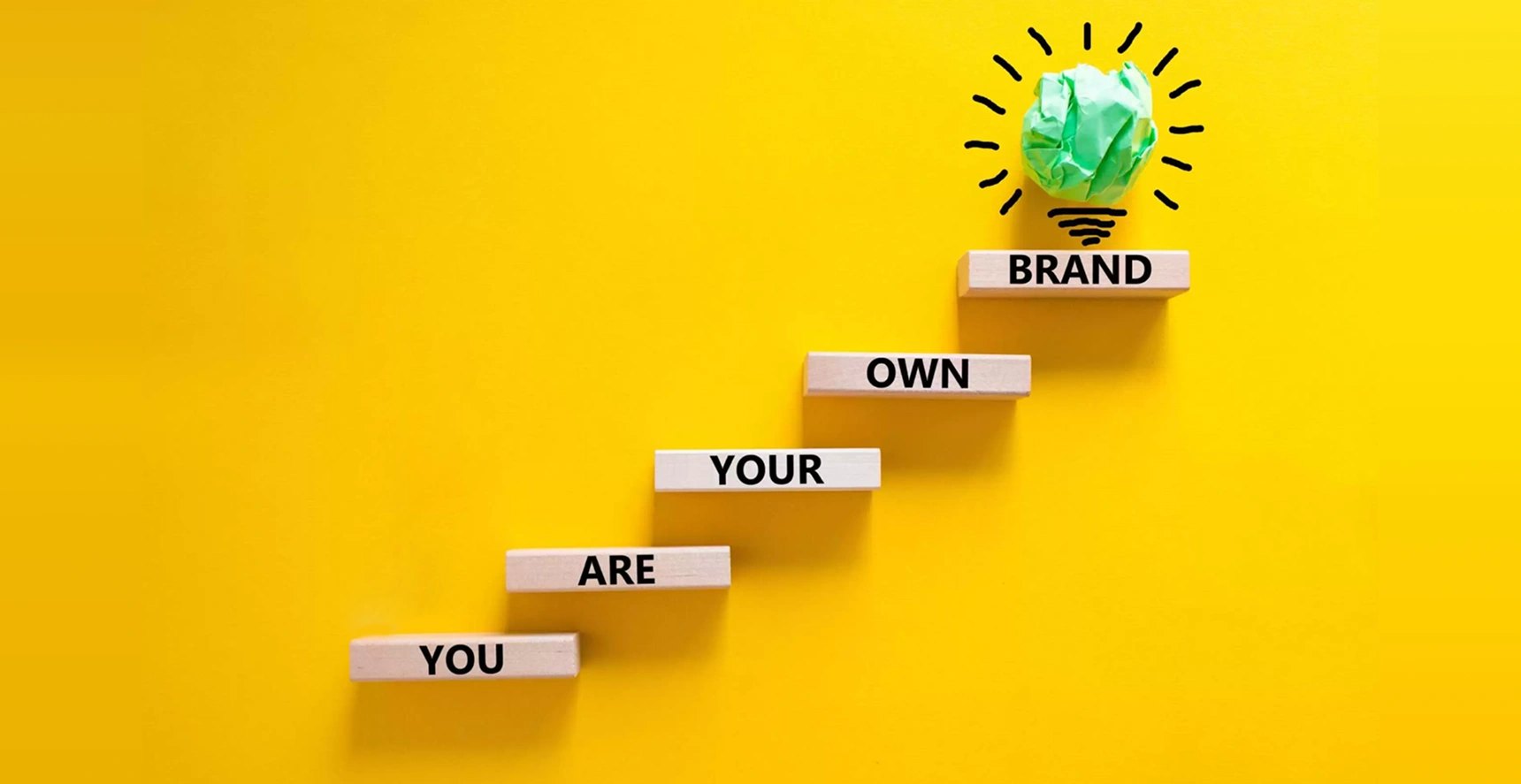Imagine stepping into a world devoid of colors—a world where everything is black and white. Sounds dull, doesn’t it?
That’s because colors have a profound impact on our emotions and perceptions. In branding, colors play a crucial role in shaping how consumers view and interact with a brand. In the vibrant world of branding, colors are more than just a visual feast for the eyes. They’re powerful tools that can evoke emotions, convey messages, and establish strong connections with audiences.
However, the psychology of color and its influence on persuasion is a fascinating yet contentious aspect of marketing. For instance:
While color theory is complex and nuanced, discussions of color psychology in branding tend to rely on superficial infographics that barely scratch the surface.
Rather than providing practical guidance, these oversimplified representations leave us ill-equipped to utilize color effectively in branding and marketing.
But why does the conversation around such a potentially vibrant topic remain so shallow?
Explore the Depths of Color Psychology
Color psychology examines how color affects perceptions and behaviors. In marketing and branding, it focuses on how color impacts consumers’ brand impressions and purchase decisions. It’s an important consideration when creating marketing materials, launching a business, or rebranding.
Studies suggest up to 90% of initial judgments about products stem from color alone.
The issue is that color is too subjective to elicit universal emotional responses. Personal experiences, backgrounds, cultures, and contexts muddy the effects individual colors have on people. The notion that specific colors like yellow or purple evoke hyper-specific emotions is as accurate as a horoscope.
For example, it’s misleading to say “green means calm” when green is used differently in various contexts. While green connotes nature for some brands, it represents wealth for others. Similarly, while brown can suggest ruggedness, it also elicits warmth or hunger depending on the context.
This isn’t to say research on color psychology in branding lacks value. But we must humbly accept that concrete answers are elusive. The key is identifying practical applications for color decisions, such as:
Emotional Association
Colors often evoke certain emotions. For instance, red can make people feel excited or passionate, while blue elicits feelings of calm and trust. Brands can use these emotional associations to their advantage by choosing colors that provoke the desired feelings in their target market.
Brand Identity and Personality:
A brand’s color palette is more than just a visual choice; it’s a statement of personality and values. Vibrant, bold colors can convey a sense of modernity and innovation, while classic, muted tones reflect tradition and reliability. Imagine a brand like Apple using neon green—it just wouldn’t feel right!
Recognition and Recall:
Consistency is key when it comes to color psychology in branding. Using the same colors consistently strengthens brand recognition, as people begin to associate those colors with your brand. Just think about how easily you recognize brands like Coca-Cola or Starbucks, even without seeing their logos!
Cultural and Contextual Significance:
Colors can have vastly different meanings in different cultures. For example, red may symbolize luck and prosperity in one culture but danger and caution in another. It’s crucial for brands to understand these cultural nuances to ensure they’re sending the right message.
Differentiation in the Market:
In a sea of competitors, standing out is key. Choosing unique colors that aren’t commonly used in your industry can help your brand grab attention and differentiate itself from the competition. It’s like wearing a bright pink suit to a black-tie event—you’re sure to turn heads!
Target Audience Alignment:
Different demographics have different color preferences. By understanding your target audience’s preferences, you can use color psychology in branding to connect more effectively with them. For example, younger audiences might respond better to vibrant, energetic colors, while older audiences might prefer more subdued tones.
Call to Action:
Colors can be powerful motivators. Action-oriented colors like red and orange can create a sense of urgency and prompt users to take action, such as clicking “Buy Now” buttons. It’s like giving your audience a gentle nudge in the right direction!
Consistency and Coherence:
Consistency is key to building a strong brand identity. Using consistent colors across all your branding elements, from your logo to your website to your packaging, helps build trust and credibility with your audience. It’s like creating a visual signature that people instantly recognize and trust.
Brand Association:
Over time, brands become synonymous with their signature colors. Think about McDonald’s and its iconic red and yellow color scheme. These colors are now inseparable from the brand and evoke the brand even outside of its context. It’s the mark of a truly successful brand!
Conclusion
In summary, by strategically using colors, brands can evoke specific emotions and influence consumer behavior. So, the next time you see a brand’s logo, take a moment to think about the color psychology in branding that has been used and how they make you feel. You’ll be surprised at how much of an impact they can have.



